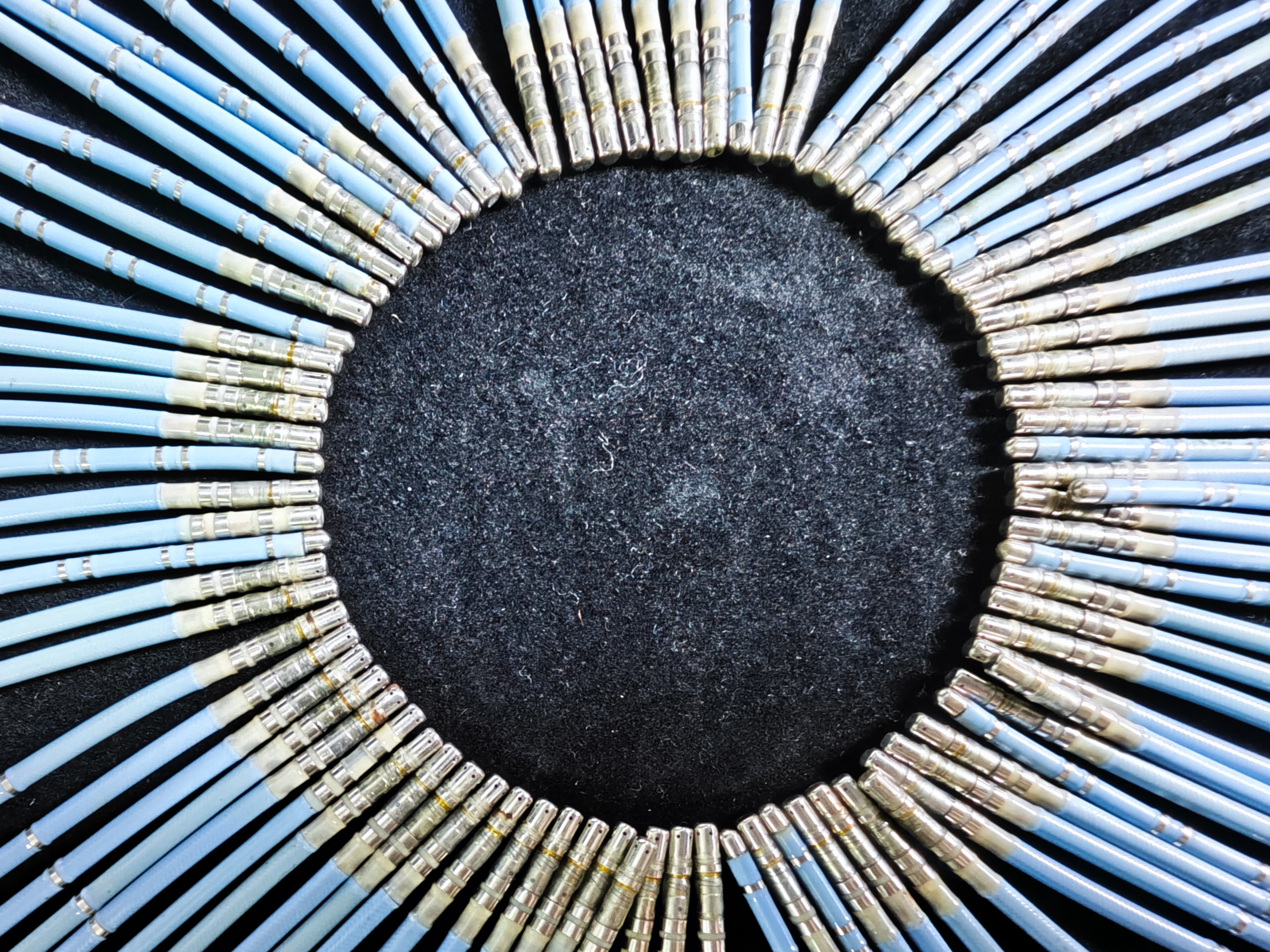Some models of radiofrequency catheters containing the precious metal platinum and iridium have significant recycling value and are used in cardiac electrophysiology procedures. However, Pyeongtaek Precious Metals would like to inform you that not all radiofrequency catheters contain precious metals. Recently, we recycled a batch of thousands of ablation catheters. Preliminary inspection found that some of the newer models actually only contain titanium and iron, not iron. Contains precious metals, which greatly reduces the recycling value of this part of the pipe.

During the recycling process, we had high expectations for this large batch of ablation catheters. However, the company's mood turned from initial optimism to disappointment when it was discovered that a portion of the tubing contained no precious metals. This discovery means that, despite the large number, the actual recycling value of these catheters will be lower than expected. This situation creates financial pressure on recycling companies and forces a reassessment of the value of the entire conduit lot.
This case highlights the need for accurate identification of metal content when recycling RF catheters. Since different types of catheters may contain different metal compositions, recycling companies must conduct detailed inspections and analyzes of each type of catheter to determine whether it is Contains precious metals.
While some RF catheters have a high recycling value because they contain precious metals, not all catheters fall into this category. When recycling RF catheters, Pyeongtaek Precious Metals advises everyone to carefully identify the metal composition of each catheter.
文章末尾固定信息



评论